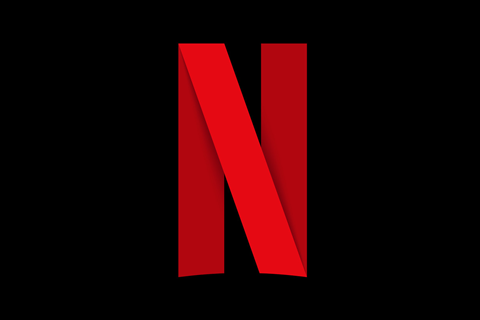People have turned to Netflix and co. while stuck at home in coronavirus lockdowns

Yiannis Andreopoulos, CTO of iSize Technologies, has warned that internet infrastructure needs help to deal with increased traffic.
With many people stuck at home due to the coronavirus pandemic, SVOD traffic has soared. So much so that Netflix, Amazon and YouTube recently announced that they will cut streaming quality in Europe to help internet service providers.
However, Andreopoulos doesn’t believe that this will be enough to solve the problem. In addition to being CTO at iSize – a company that provides AI software that can compress video to lower bitrates, he is a professor at London university UCL.
He said: “With Vodafone reporting a 50% increase in internet traffic in the UK, and Italy reporting a staggering 70% rise, it’s clear that streaming for both entertainment and video conferencing has ballooned since governments begun advising to work from home.”
“The current internet infrastructure may not be able to handle a spike of this magnitude without serious repercussions, and internet service providers need to think fast about how to nip any problems in the bud. EU Internal Market Commissioner Thierry Breton commented recently that he is concerned digital infrastructure could collapse at any time; this is not a trivial issue.”
“Unless traffic slows we are all facing the ‘circle of death’ – that never-ending buffering sign we love to hate. Should the situation worsen from there, there is a chance essential services experience outages, a sobering thought at a time of pandemic illness.”
“Unfortunately, for all video services, it’s not as easy as just playing with the parameters and types of existing video compression software, as these programs – called codecs – need to meet various international standards and any changes will prompt a wave of updates to consumer devices. You can’t simply fiddle with the engine while the car’s still running.”
“Netflix CEO Reed Hastings has said that to avoid strain on internet infrastructure we should all switch to standard definition, which is a step in the right direction. However, consumers and businesses are accustomed to streaming at higher resolutions since all devices now support HD resolutions or higher. Asking users to stream at lower resolution will be ignored by many and doesn’t address the problem at its root. It’s a plaster, and the internet needs a new hip.”
“Internet service providers need to act fast to find innovative ways to steady our digital infrastructure, as it’s likely that even more people will be asked to self-isolate and work from home before this crisis passes.”





























No comments yet